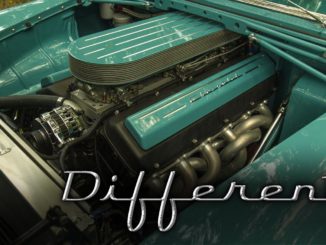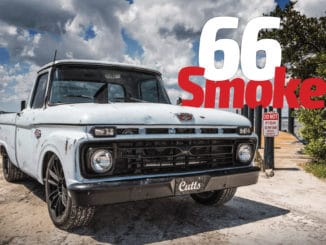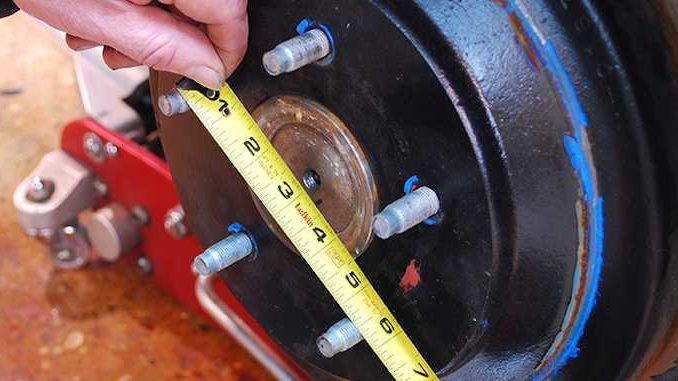
Interchangeable Rim Chart for 3 lug, 4 lug, 5 lug, 6 lug, 7 lug, 8 lug and 10 lug Bolt Patterns for Cars, Trucks, Station Wagons, Vans, SUVs, Motor Homes, ATVs and UTVs
 ATTENTION eBay and CraigsList Used Wheel Sellers: This is an excellent tool to assist you when selling wheels to display what vehicles your wheels will interchange with and vice versa. Simply display the rim bolt pattern and matching vehicles, Then Copy and Paste the URL into your listing – your potential buyers will easily determine if the wheels will fit their vehicle.
ATTENTION eBay and CraigsList Used Wheel Sellers: This is an excellent tool to assist you when selling wheels to display what vehicles your wheels will interchange with and vice versa. Simply display the rim bolt pattern and matching vehicles, Then Copy and Paste the URL into your listing – your potential buyers will easily determine if the wheels will fit their vehicle.
Additional Wheel / Measurement Information
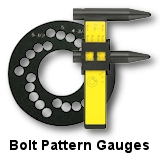 Key Identifying Wheel Dimensions: Wheel Bolt or Lug Pattern (or bolt circle, lug circle, lug pattern, etc.) is the measured diameter of an imaginary circle formed by the centers of the wheel lugs or bolt holes. Bolt patterns can be 3, 4, 5, 6, 7, 8 or 10 lug holes. A bolt circle of 5 x 4.5 would indicate a 5 lug bolt pattern on a circle with a diameter of 4.5 inches, for example.
Key Identifying Wheel Dimensions: Wheel Bolt or Lug Pattern (or bolt circle, lug circle, lug pattern, etc.) is the measured diameter of an imaginary circle formed by the centers of the wheel lugs or bolt holes. Bolt patterns can be 3, 4, 5, 6, 7, 8 or 10 lug holes. A bolt circle of 5 x 4.5 would indicate a 5 lug bolt pattern on a circle with a diameter of 4.5 inches, for example.
Identifying Wheel Dimensions
There are four important measurements that are used to categorize and identify a wheel for fitment purposes.
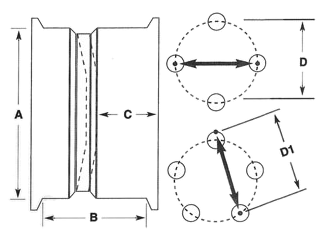
- Rim Diameter
This is the actual diameter of the wheel at the point where the tire bead seats (NOT the outer lip of the rim). - Rim Width
Measure this from the inside of the outer lip at the bead seating point to the inner lip. - Back Spacing
A very important measurement, it’s from the inside of the wheel at the point where it contacts the hub, brake drum or axle flange to the inside edge (lip) of the wheel. - Bolt Pattern
Count the number of mounting holes for the wheel and determine the diameter of a circle that would run through their center. On an even number wheel (e.g. 4, 6, 8 or 10 lug wheel), it’s a direct measurement. On an odd number wheel (e.g. 3, 5 or 7 lug wheel), you can measure from the CENTER of one hole to the OUTER EDGE of the hole diagonally across from it.
How To Measure Wheel Bolt Pattern
Use the number of lugs and the bolt circle:
If there is an EVEN number of lugs: Measure center-to-center on lugs directly across from each other. If there is an ODD number of lugs: Measure from the CENTER of one lug to the OUTER EDGE of the hole diagonally across from it.
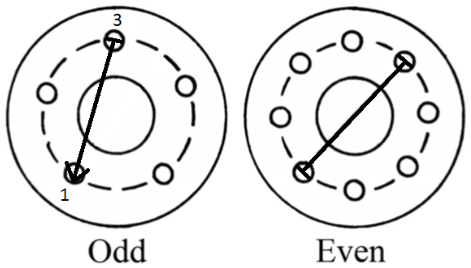
Lug Nuts and Torque
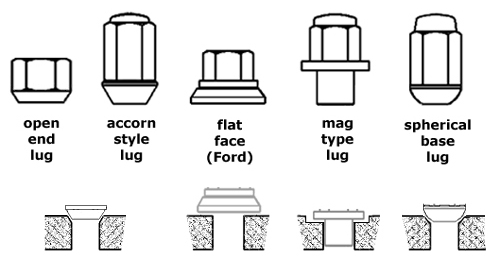
Torque Sequence:
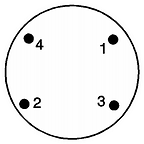
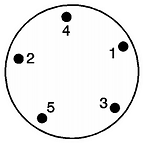
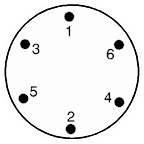
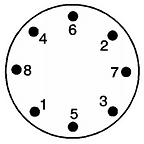
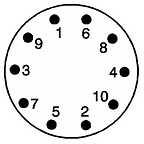
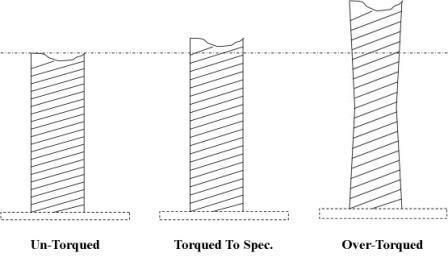
All alloy wheels should be installed using a torque wrench. This ensures that the wheels are not too tight or too loose. Check your vehicle’s manual for correct settings. When you install wheels for the first time, you should re-torque wheels after about 100km to 150km (60 to 90 miles). Always refer to Owner’s Manual for proper factory specifications that take precedence over the listed recommendations. 12mm = 70~80, 7/16 = 55~65, 1/2 = 75~85, 14mm = 85~95, 9/16 = 95~115, 5/8 = 135~145.
More Info: The Importance of Torquing Lug Nuts / Bolts
Hub Center Bore
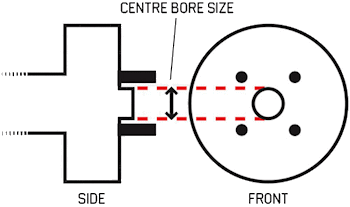
Hub Center Bore: Relates to the center hole in the wheel that centers the wheel on the hub of the car. Since most wheels are mass produced, they have a large center bore to accommodate several different vehicles. If this is the case, it is recommended that you use a hub ring. Hub rings are hard plastic or metal ring that fits between the wheel and the vehicle. This centers the wheel perfectly on the hub ensuring that there is no run out when the wheel is installed on to the vehicle. Without hub rings it is possible to get vibrations even if the wheel / tire assembly is perfectly balanced.
Wheel Offset
Wheel offset is the distance from the mounting surface of the wheel to the true center line of the rim. A positive offset means the mounting surface of the wheel is positioned in front of the true center line of the rim / tire assembly. This in effect brings the tire in to the fender well more. Conversely, a negative offset means the mounting surface of the wheel is behind the true center line of the rim / tire assembly. This will cause the tire to stick out away from the vehicle.
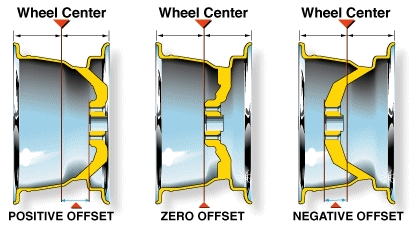
H
H = High – Positive Offset, typically FWD (Front Wheel Drive) +45, 40, 35 offsets
M
M = Medium – Neutral Offset, typically RWD (Rear Wheel Drive) +20 offset
L
L = Low – Zero to Negative Offset, Offset typically RWD (Rear Wheel Drive) 0 offset
3X100 ~ 3X110 ~ 3X112 ~ 3X120 ~ 3X70 ~ 3X90 ~ 4X100 ~ 4X108 ~ 4X110 ~ 4X112 ~ 4X115 ~ 4X130 ~ 4X137 ~ 4X140 ~ 4X140 ~ 4X143 ~ 4X144 ~ 4X150 ~ 4X156 ~ 4X166 ~ 4X3.75 ~ 4X4 ~ 4X4.25 ~ 4X4.5 ~ 4X85 ~ 4X90 ~ 4X98 ~ 5X100 ~ 5X108 ~ 5X110 ~ 5X112 ~ 5X115 ~ 5X120 ~ 5X127 ~ 5X130 ~ 5X135 ~ 5X150 ~ 5X155 ~ 5X4 ~ 5X4.5 ~ 5X4.75 ~ 5X5 ~ 5X5.5 ~ 5X6.5 ~ 5X98 ~ 6X115 ~ 6X127 ~ 6X132 ~ 6X135 ~ 6X4.5 ~ 6X5.5 ~ 6X8.75 ~ 7X150 ~ 8X170 ~ 8X200 ~ 8X225 ~ 8X275 ~ 8X6.5 ~ 10X11.25 ~ 10X225 ~ 10X7.25


